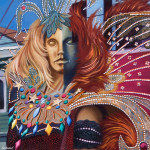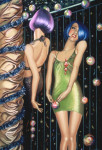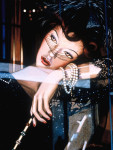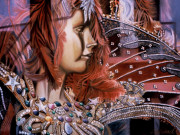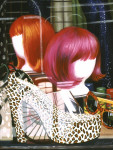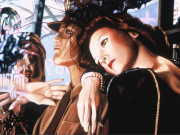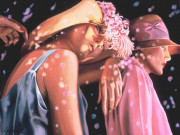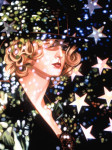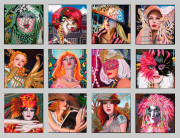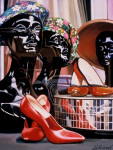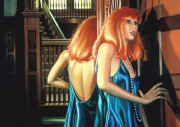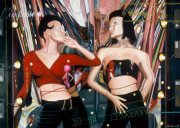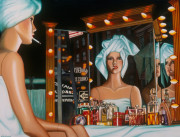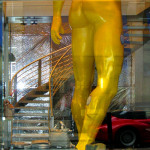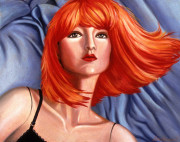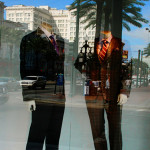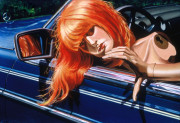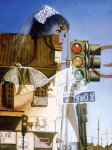Mannequins
Mannequins (also called a manikin, dummy, lay figure or dress form) are usually an articulated doll used by artists, tailors, dressmakers, windowdressers and others especially to display or fit clothing. Mannequin comes from the French word mannequin, which had acquired the meaning “an artist’s jointed model”, which in turn came from the Flemish word manneken, meaning “little man, figurine”.
A female fashion mannequin is a fiberglass dreamgirl. This image abounds in our popular culture and as such depicts the ideal woman whose beauty, clothes and lifestyle signify our hopes and dreams. She has a pervasive presence in urban life – on the streets, in magazines, malls and runways – the ultimate in desired allure.
The mannequin form has been often used in art as a human surrogate. Georgio DeChirico was the first to utilize this image to consider the human condition and was followed by the Surrealists, Eugene Atget, Hans Bellmer and finally our contemporaries Tom Blackwell, Cindy Sherman, Joan Semmel and Lory Lockwood.
The mannequin world in these paintings depicts the hyper reality and spectacle of society with an eye that is both critical and celebratory. These works explore the position of women on a psychological and commercial level through issues such as masquerade, beauty, and the uncanny. The mannequin is an inanimate dummy but tells a human story.

